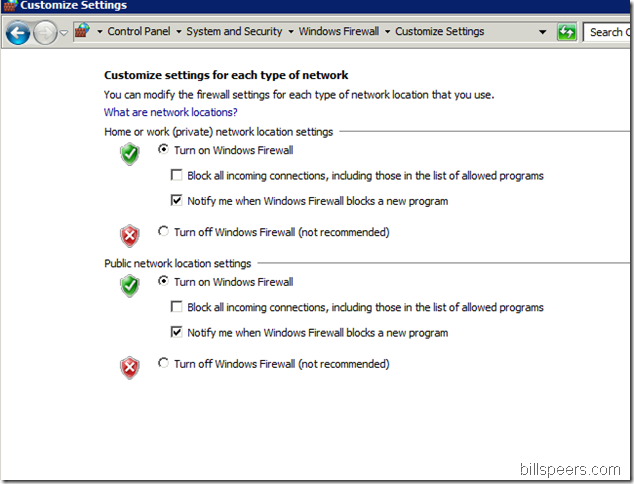

Specify your passive port range and the external IP address this server uses. PART II – Firewalls, Ports, and External Accessġ1) Select the server name in IIS Manager > select FTP Firewall Support. Cisco ASA) over the Internet, there are additional settings that need to be configured: If you need to access it through a firewall (i.e.

This should complete the setup of the server if you are using it internally. Click Apply to save settings:ġ0) Edit bindings of the FTP site, and add port 990: Select Custom for the SSL Policy, specify Require only credentials for the Control Channel and Allow for the Data Channel. Complete the wizard, naming the certificate whatever you want:ĩ) Select your new FTP site under the Sites node, and select FTP SSL Settings. Select your server name in IIS Manager > Create Self-Signed Certificate in the right-hand pane. In this example, we will give ‘Administrator’ full read/write access:Ĩ) Create self-signed certificate. Right-click Sites and Add FTP Site:ĥ) Name your site and specify the FTP folder you created as the Content Directory:Ħ) Choose IP/Port and SSL settings below:ħ) Specify Authentication and Authorization Information. Open command prompt as administrator and run the following command (using whatever folder path you created):Ĥ) Open IIS. D:\FTP)ģ) Set permissions to allow anonymous access.

1) Install IIS Web Service role with all FTP Features selected:Ģ) Create folder you want to use as your FTP root landing point (i.e.


 0 kommentar(er)
0 kommentar(er)
